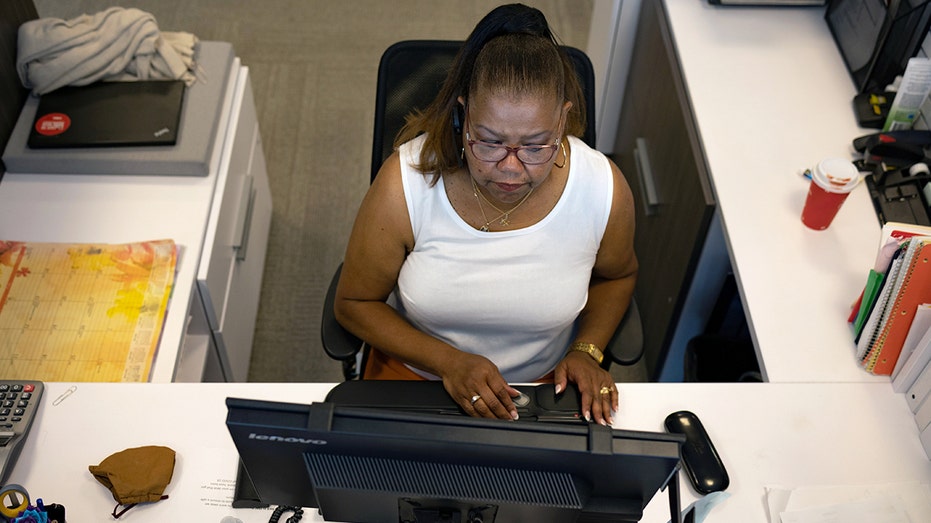Paytm 2022 Recap Calls Delhi-NCR as India's Digital Payments Capital
Paytm parent One97 Communications on Wednesday announced the release of Paytm 2022 Recap, highlighting the interesting trends of transactions made through Paytm in the last year. Users can also check their individual payments journey with Paytm in 2022 through paytm.com/recap.
One97 Communications (OCL), which owns Paytm, on Wednesday announced the release of Paytm 2022 Recap, highlighting the interesting trends of transactions made through Paytm in the last year.
Paytm UPI is one of the most preferred payment methods for Indians, with its superfast and secure payments. Users can also check their individual payments journey with Paytm in 2022 through paytm.com/recap, the leading payments and financial services company said.
The company's report showed that Delhi-National Capital Region emerged as India's digital payments capital whereas Tamil Nadu's Katpadi is the fastest-growing city for digital payments with 7X growth in 2022. Chennai and Trichy in Tamil Nadu have the highest percentage of offline payments on food and beverages while Amritsar saw the highest spending on health and grooming through Paytm.
Noida and Nagpur saw the highest percentage of spending via Paytm on micro-sellers or street side vendors. Paytm's market in the Northeast also saw huge growth. The fastest-growing cities in the Northeast for unified payments interface (UPI) transactions are — Lohit in Arunachal Pradesh, South Sikkim and Ranipool, and Assam's Guwahati, Dibrugarh, Jorhat and Kamrup.
The company said one user had made transactions in 106 cities across 20 states. Another user booked flights between Mumbai and Delhi 358 times using the Paytm app.
An intriguing observation is that the maximum number of payments have been done at 7.23 pm with Wednesday emerging as the busiest day in the week for digital transactions. Two of the most common names among Paytm's users are Rahul and Pooja. The company helped its users avoid 1,618,796,629 trips to ATMs. The company said it was taking digital payments far and wide, driving financial inclusion with two out of three of its new users coming from smaller cities and towns.





















